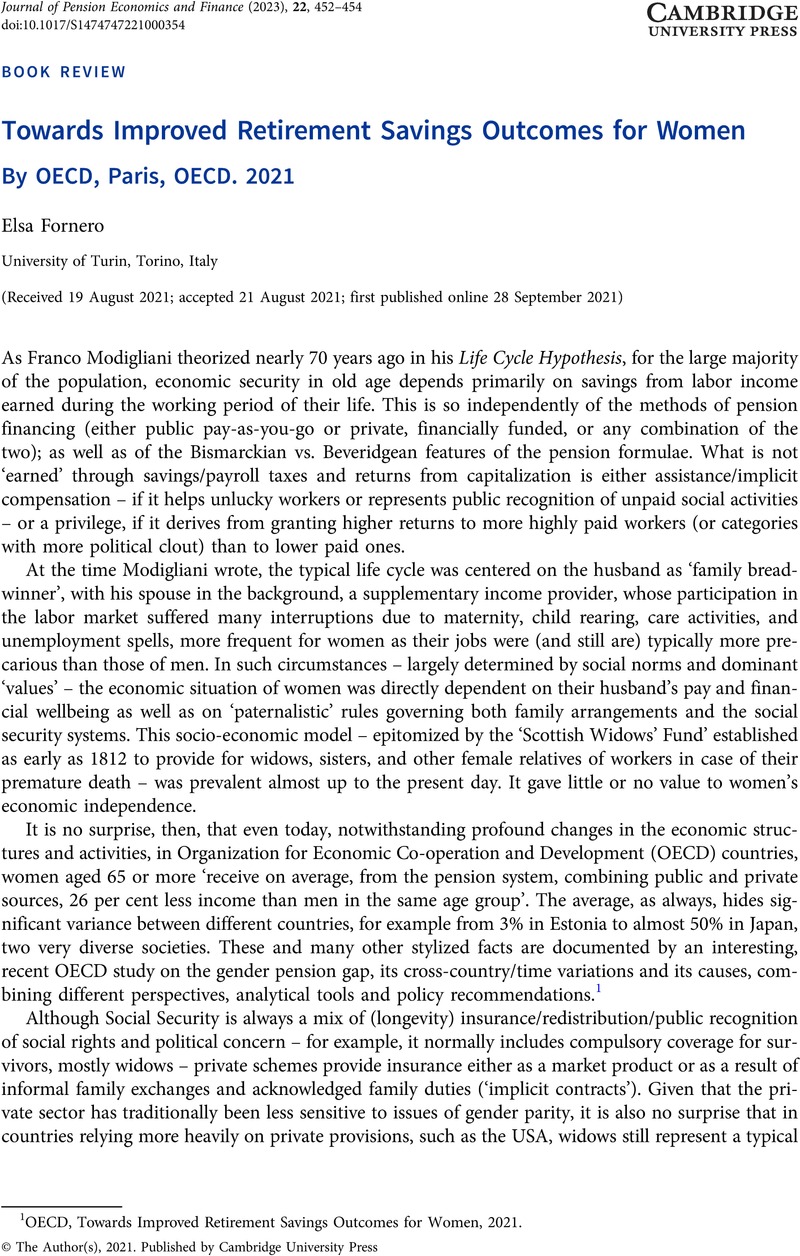Crossref Citations
This article has been cited by the following publications. This list is generated based on data provided by Crossref.
Fornero, Elsa
and
Lo Prete, Anna
2023.
Financial education: From better personal finance to improved citizenship.
Journal of Financial Literacy and Wellbeing,
Vol. 1,
Issue. 1,
p.
12.



